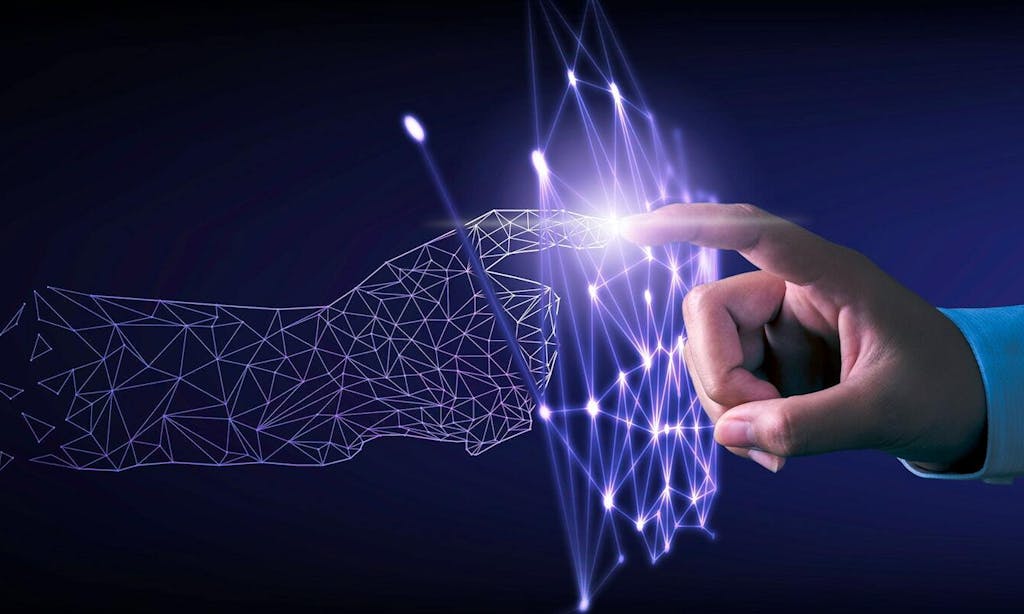Mind the Gap: Five Gaps to Close in Your Business to Help Brands Thrive in Today’s Digital Economy

Perspectives
By John Doyle
2021 June 3
Technology and the internet have collapsed the space between so many aspects of our society, by bridging the distance to services, information, even to one another. Yet gaps exist in critical business processes, in company structures and in external systems, which impacts brands negatively and limits productivity, profits and the overall forward momentum of an enterprise. To thrive in today’s digital economy, brands must work in new ways to close these gaps or run the risk of falling further and further behind.
To do this, we must understand how these gaps originated and then snowballed to where we are today. The Second industrial Revolution in the late 19th century created a gap by putting significant distance between makers and consumers. Prior to this time, a company’s “brand” was the byproduct of the sum total of how producers conducted themselves as fellow citizens living in the same village. But at the time this was considered a good gap because it allowed manufacturers, farmers and bankers to reach new global marketplaces.
After this revolution, another gap emerged when companies organized for efficiency into vertical silos focused a single task. If a company was lucky enough to have a marketing team, it was in a silo unto itself — an outer layer tasked with helping represent a product or service that was developed in other silos within the business.
But if the Second Industrial Revolution created a gap between makers and buyers, the current revolution — the Fourth — is collapsing that space with technologies that blur the lines between the physical, digital and biological spheres. These gaps and others put marketers at a huge disadvantage in answering to modern consumers’ expectations. Consumers today have instant access to a dizzying new landscape of on-demand and intelligent services (e.g., Door Dash or AI assistants) and expect direct connection to everything. The net effect? Companies have once again started selling directly to consumers and are offering more intimate brand experiences and access.
The good news is that marketers intrinsically understand and believe in brand value, so they are uniquely qualified to leverage the power of their brands to help close the gaps in their enterprises that stand between them and growth. Here are five gaps marketing teams can help close using brand power.
Gap 1: Product and Purpose — According to Kantar, brands with high scores for purpose have grown in value by 212%, while those with lower scores have only grown by 77%. While many companies confuse purpose as a nice to have or as corporate social responsibility, purpose is truly a value engine and it must be present in everything you make, do and say.
Gap 2: Internal Silos and Other Silos — Marketing teams must work hard to bridge brand purpose to other divisions within an organization. How? Supplement purpose statements with additional usage guidelines and tools so that all divisions—be they in product development or the legal department — can draw from the power of brand purpose and let it influence their work.
Gap 3: Experience and Expectations — It’s not uncommon to hear marketers boast “Our mobile app is leagues better than our competition’s.” However, is it as good as the other apps on your consumers’ phones? Your true competition is those brands establishing consumer expectations. Closing the gap between what you offer and what consumers expect begins with an audit of your experience against those offered by brands your consumers also use to understand where expectations are being missed.
Gap 4: Marketing and Ownership — Whereas many traditional marketing teams see their jobs as complete once the sale is made, digitally native and future-forward brands understand that their consumer relationships truly begin at the sale. That’s why they ensure the post-purchase experience delivers brand value in ways up stream pre-acquisition elements simply can’t.
Gap 5: Today and Tomorrow — Today, with the rapid acceleration of darn near everything, consumers expect to see new offerings every day and need only scroll through Instagram — essentially the world’s most personalized innovation catalog —to find them. Marketers must innovate for tomorrow using the power of brand purpose to guide their way to new solutions and offerings that tap unmet consumer needs.
Now that consumers are equipped with the powerful forces of technology, they expect radical transparency and to see every aspect of a company. This means that a brand is the sum total of a company’s interactions and behaviors across what they make, do and say. No gaps can exist to allow for growth. Using the power of a brand, marketing teams can close these five gaps and better position their companies to thrive in the global village.